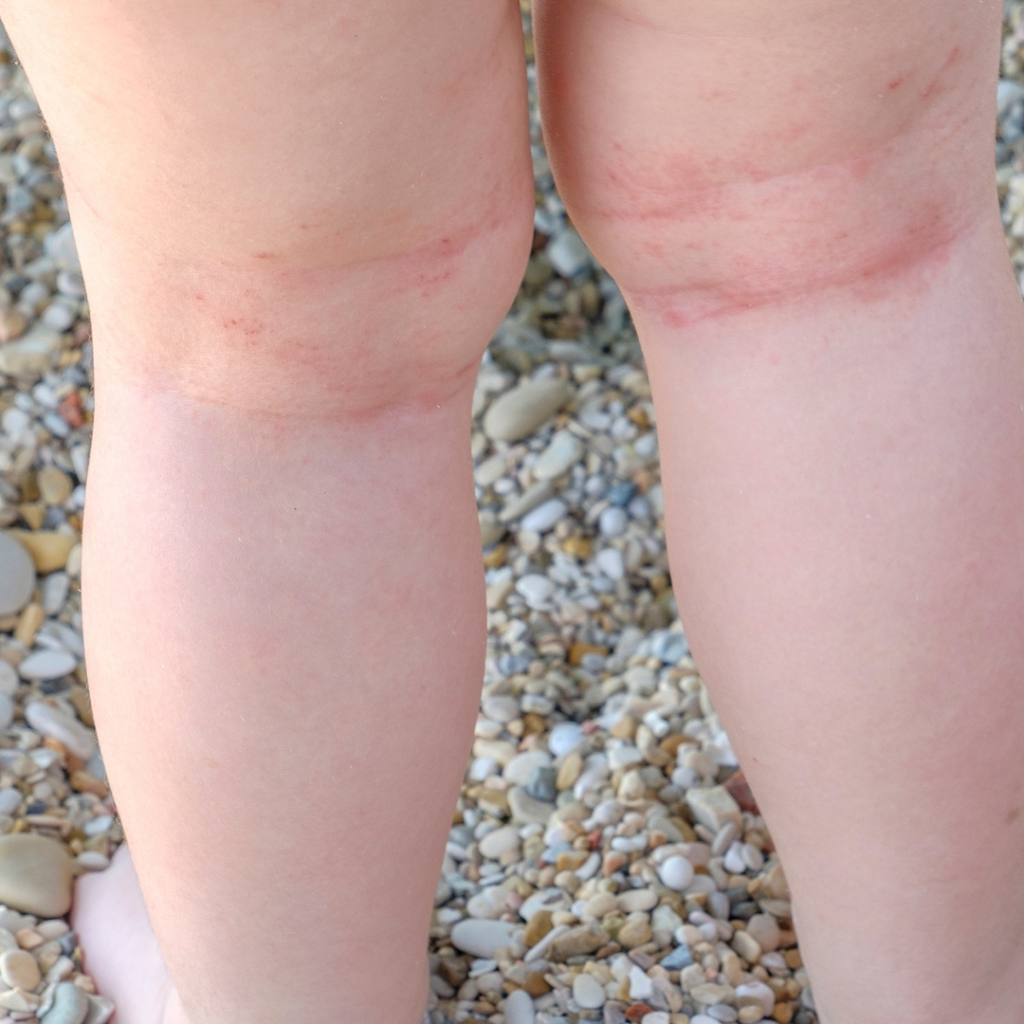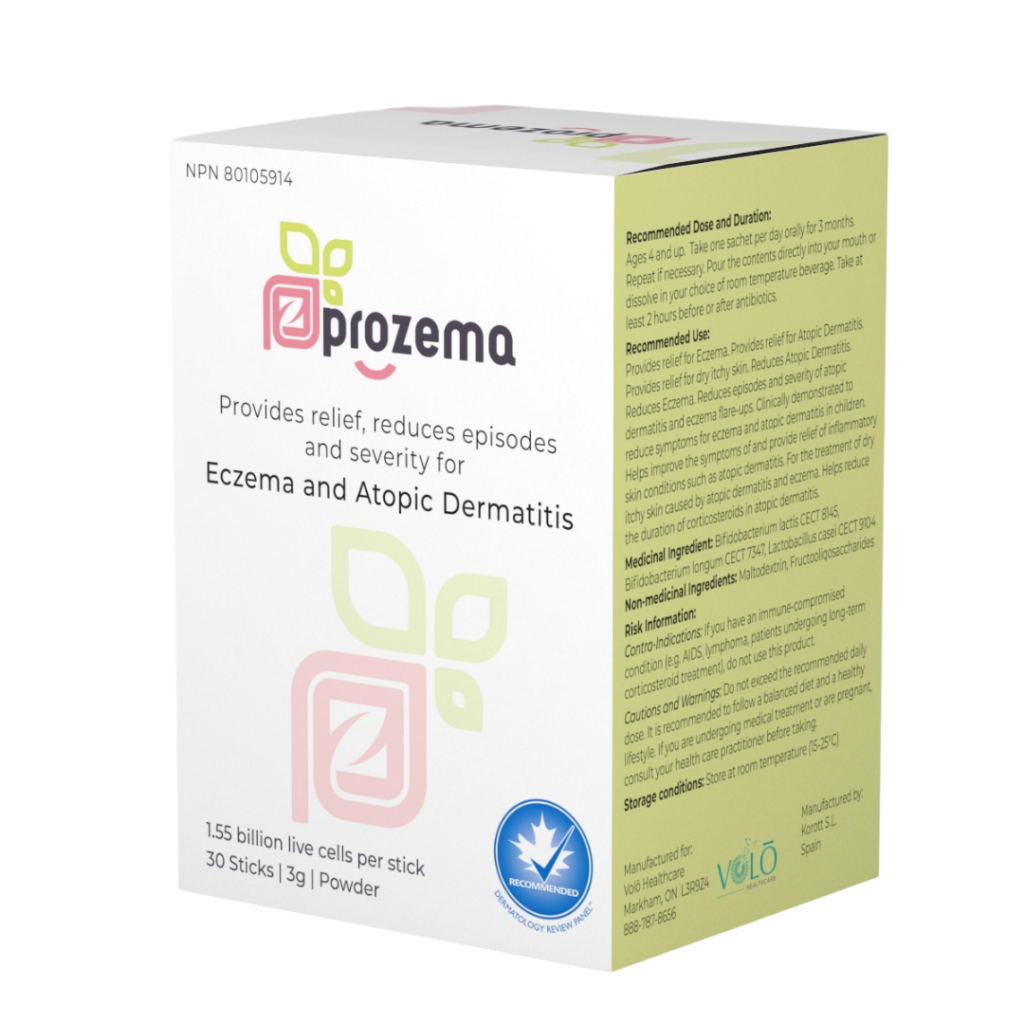
What Is The Atopic Triad?
Atopic Triad Conditions | Atopic Dermatitis | Asthma | Hay Fever | Atopic Triad Progression | Managing The Atopic Triad | ProZema Probiotic Supplement
The atopic triad is a group of conditions that typically occur in a series. Atopic dermatitis, asthma, and hay fever form the atopic triad.
To understand the progression of the atopic triad, you need to examine what atopy is. Atopy refers to a genetic tendency to develop allergic diseases. It makes your body hypersensitive to allergens and causes an immune response to pollen, pet dander, and even certain foods.
What Are The Conditions That Make Up The Atopic Triad?
The conditions that make up the atopic triad are atopic dermatitis, also commonly referred to as eczema, asthma, and hay fever.
Along with the atopic triad, you need to be aware of the atopic march. The atopic march is also known as the allergic march. The atopic march describes the progression of the same allergic diseases as the atopic triad, but it includes food allergy as well.

Atopic Dermatitis
Atopic dermatitis, also known as eczema, is a chronic skin condition that causes dry skin and red, itchy bumps. These bumps can become swollen and filled with fluid. Sometimes, the bumps weep, that is they leak fluid, after which they form a crust.
Usually, these bumps occur in the folds of the skin. In children, they often show up in areas such as the elbows, back of the knees and the ankles.
While there is no known cure for atopic dermatitis, there are many management tips you can follow to minimize its symptoms.
Asthma
Asthma is a chronic condition that causes inflammation of the airways in the lungs. This makes breathing difficult and it can lead to tightness in your chest and wheezing sound when breathing.
It is the inflammatory aspect of asthma that places this condition in the atopic triad.
The exact cause of asthma is not known and there is no known cure for asthma. However, there are many ways to manage and control this condition.
Hay Fever
Hay fever, or allergic rhinitis, is caused by an allergic reaction to allergens such as pollen, pet dander, and dust mites. The symptoms of hay fever include sneezing, a runny nose, and watery eyes.
It can be easy to mistake the symptoms of hay fever with that of the common cold. One of the ways you can differentiate between hay fever and a cold is that your child may not get a fever.
Hay fever is often associated with pollen season. Monitor your environment for pollen if you suspect your child has hay fever.
Atopic Triad Progression
In most cases, the atopic triad follows a pattern of progression. Atopic dermatitis is commonly the first condition seen in infancy.
Atopic dermatitis is followed by hay fever and asthma, but all three conditions can occur together as well.
While hay fever only occurs when you or your child are exposed to allergens, both atopic dermatitis and asthma are lifelong, chronic conditions that flare up periodically.
Managing The Atopic Triad
As part of the atopic triad, atopic dermatitis, asthma, and hay fever are connected through genetic components and a stronger inflammatory response to allergens.
If you notice one or more of these conditions in your child, there are several tips you can follow to manage the associated symptoms.
- Consult your healthcare practitioner to identify any symptoms of the atopic triad
- Make an appointment with an allergist to identify triggers
- Keep a diary that tracks all the identified triggers
- Replace any household products that cause symptoms to worsen
- Check pollen forecasts in your area when planning outdoor activities for your family
- Identify tips and management strategies that work for your child
- Talk to your doctor or healthcare practitioner about any concerns

ProZema
The atopic triad starts with atopic dermatitis. Allergens trigger the three conditions in this triad. Sometimes, these allergens can be the food your child eats.
If your child has atopic dermatitis, there are natural ways that you can help manage symptoms. Probiotics are clinically proven to reduce the symptoms of atopic dermatitis in children aged between 4 and 17 years.
ProZema is a patented blend of three unique probiotic strains. These strains are:
- Bifidobacterium lactis CECT 8145
- Bifidobacterium longum CECT 7347
- Lactobacillus casei CECT 9104
Bifidobacterium lactis CECT 8145 features antioxidant properties. Bifidobacterium longum CECT 7347 has anti-inflammatory characteristics. Lactobacillus casei CECT 9104 features antioxidant properties and promotes microbiome diversity in the gut. Together, a blend of these strains improved the SCORAD values in 96% of participants in a randomized double-blind clinical trial. Also, there was no need for corticosteroid use within 6 weeks of treatment.
ProZema has a neutral taste and is odourless, so you can blend it in with meals that your child enjoys. This probiotic supplements comes in sticks for ease of use. Simply cut open a stick and mix ProZema probiotic supplement with your child’s food or drink.
ProZema probiotic supplement is launching this summer. Learn more about how ProZema can help manage the symptoms of your child’s atopic dermatitis here.
References:
Soothems: What Is the Atopic Triad: Are Eczema, Asthma, and Hay Fever Connected?
Medical News Today: The Triad of Asthma, Eczema, and Allergies Explained
A.Vogel: Do You Know the Atopic Triad?
National Library of Medicine: Atopic Dermatitis and Respiratory Allergy: What Is the Link
